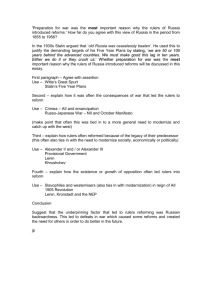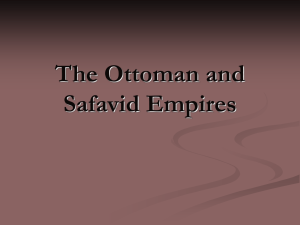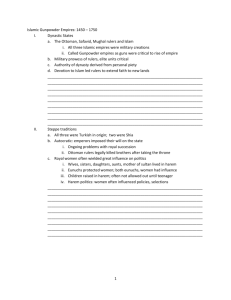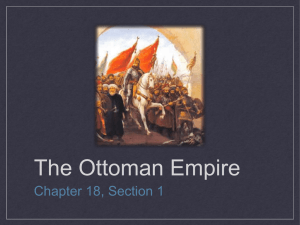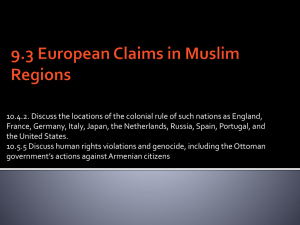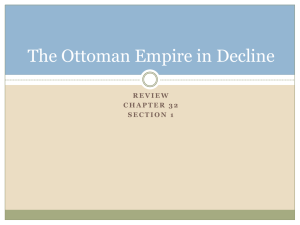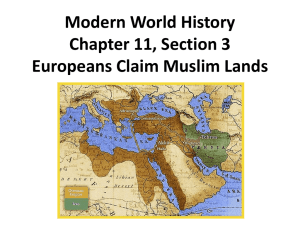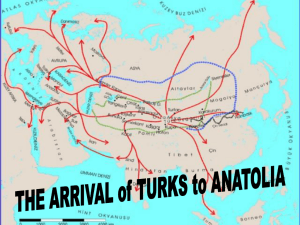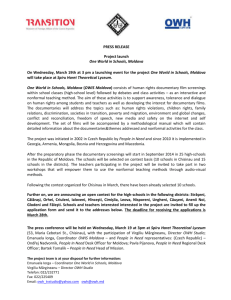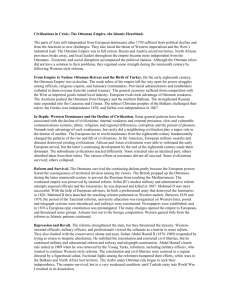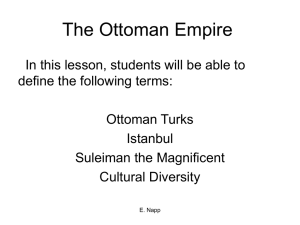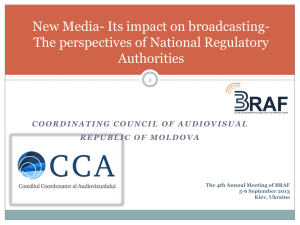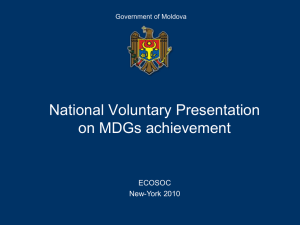Phanariot Rule in Moldova and Wallachia
advertisement
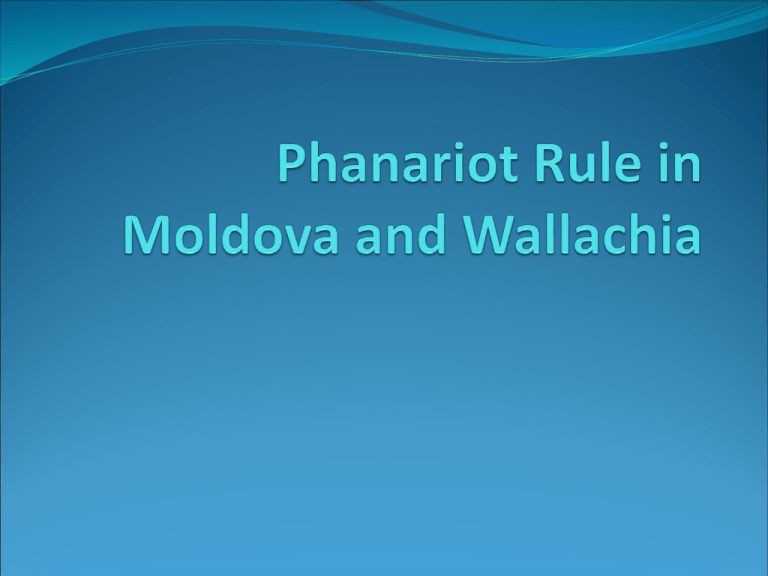
Background • Greece was part of Turkish Ottoman Empire for approx 400 years, 15th - 19th c • Phanariot Greeks in Constantinople were powerful merchants. They also served as officials and interpreters and gained some control over Turkish foreign policy • At the beginning of the 18th century, the Ottomans no longer trusted Romanian rulers. Phanariot princes were chosen to rule in Moldova and Wallachia. Characteristics of Phanariot Rule Lasted throughout the entire 18th century Phanariot rule was characterized by increased political and economic dependence on the Ottoman Empire. The Ottomans acquired a commercial monopoly over the principalities. Characteristics of Phanariot Rule (cont.) Phanariot rulers were essentially Ottoman functionaries whose mission was to keep control over Moldova and Wallachia Rulers changed frequently and many Phanariots saw their time in office as an opportunity to pursue personal gain. The biggest burden on the population was taxes, which were greatly increased. This was partly because the Ottoman Empire was in an economic crisis and required increasingly larger yearly contributions Phanariot Reforms (cont.) Some Phanariot rulers were enlightened reformers, such as Grigore III Ghica and Constantin Mavrocordat. They were concerned about efficient administration, the organization of learning, and culture in general. They opened up Wallachia and Moldova to Western influences Frequent change of rulers promoted institutional uniformity. New legal codes were also introduced. Ex: Codul Calimachi (1817 Moldova) and Legiuirea Caragea (1818 Wallachia)


